- Understanding Agriculture Water Tubes
- Planning for Installation
- Best Practices for Agriculture Water Tube Installation
- Maintenance Strategies for Longevity
- Common Challenges and How to Address Them
- Real-World Applications and ROI Benefits
- Choosing the Right Supplier for Agriculture Water Tubes
- Driving Long-Term Value with Agriculture Water Tube Solutions
The installation of water tube for agriculture requires more than simply laying pipes across fields. Proper design, trenching, and alignment determine how effectively the system performs under pressure and over time. When engineered correctly, the tubes can withstand environmental stresses, temperature fluctuations, and high-volume demands. By preventing common issues such as leaks or misalignment, stakeholders can reduce costly interruptions and extend the service life of their infrastructure.
Beyond traditional farming, agriculture water tube pipe networks are widely used in landscaping for municipalities, government-backed irrigation projects, and industrial environments where reliability is critical. For project contractors and procurement managers, these systems represent a long-term investment that directly influences ROI. By minimizing water loss and ensuring steady flow, organizations can reduce replacement costs and energy usage.
Decision-makers across industries are recognizing the broader value of water tube for agriculture systems in ensuring sustainability, compliance, and operational efficiency. Whether applied in agriculture, mining, or municipal projects, the right installation and maintenance practices maximize returns and guarantee consistent water distribution. With careful planning, every agriculture water tube installation becomes a foundation for success.
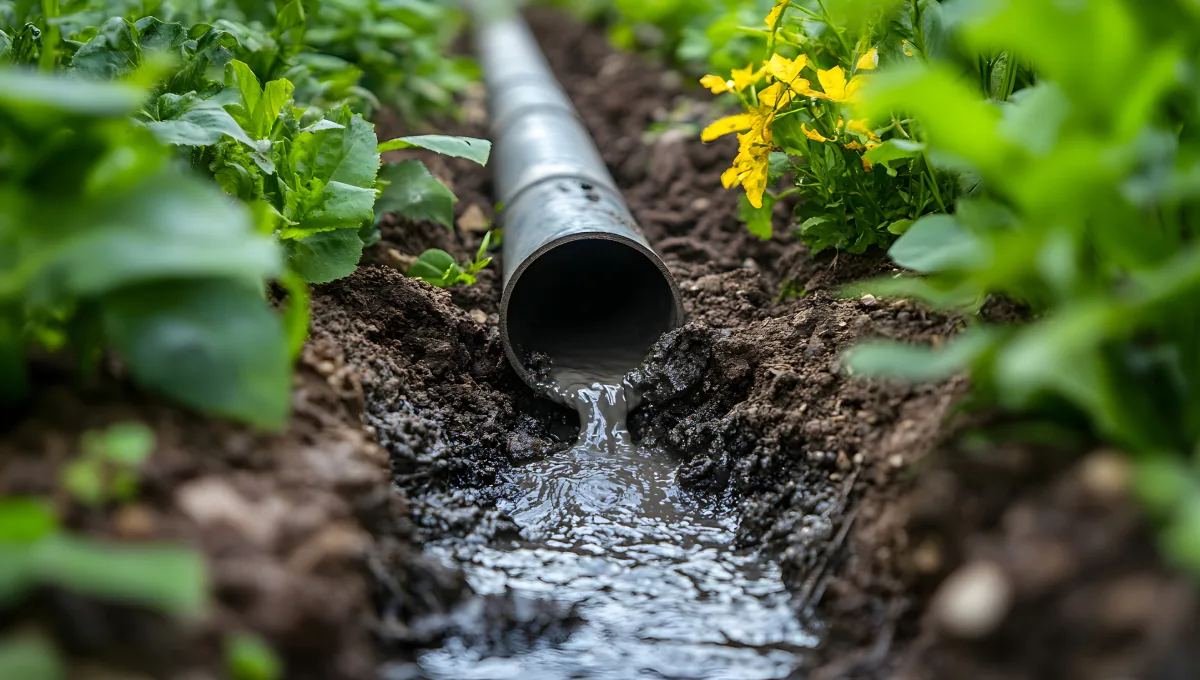
Understanding Agriculture Water Tubes
An agriculture water tube is not just another pipe; it is an engineered solution designed to meet the specific demands of irrigation systems in agriculture and related industries. Unlike ordinary pipes used in household plumbing or industrial chemical transfer, these tubes are built to handle large volumes of water under field conditions where flow requirements, environmental stress, and durability all play a role. Their design ensures consistent delivery across varying terrains and climates, making them a trusted choice for farms, municipalities, and large-scale projects.
The performance of a water tube for agriculture depends heavily on its construction. High-density polyethylene (HDPE) and polyvinyl chloride (PVC) are the most common materials, both offering strength and longevity. Additives such as UV stabilizers are incorporated to prevent degradation from constant sun exposure, while abrasion resistance is crucial for installations in rocky or sandy soils. These features enable the tubes to maintain flow efficiency and structural integrity even under demanding conditions.
When you’re evaluating an agriculture water tube pipe, procurement managers and project contractors should consider factors like durability, pressure tolerance, and flexibility. Tubes must withstand both low-pressure systems, such as drip irrigation, and high-pressure systems like sprinklers without cracking or leaking. Compatibility with pumps, filtration units, and other components is equally important. By carefully selecting the right material and design, decision-makers can ensure long-term reliability, reduce maintenance costs, and achieve a higher return on investment from their water infrastructure projects.
Planning for Installation
The successful use of an agricultural water tube system begins with a detailed installation plan that takes into account site-specific conditions. Contractors and project managers must evaluate soil type, terrain, and climate before any trenching or pipe laying begins. For example, sandy soils require abrasion-resistant tubes, while clay-heavy soils benefit from flexible materials that resist cracking. Terrain also matters: on sloped fields, careful alignment ensures balanced flow, while in flat areas, depth and compaction influence system longevity. In extreme climates, selecting materials that can withstand freeze-thaw cycles or high thermal expansion is crucial.
Sizing and capacity planning are equally important. The correct agriculture water tube pipe diameter and wall thickness depend on factors such as crop type, irrigation method, and expected demand during peak watering periods. High-demand crops, such as rice, require larger flows, whereas drip systems may utilize narrower tubes designed for controlled output. Selecting the wrong dimensions can lead to inefficiency, excess energy use, or premature system failure.
Integration is another key element. A water tube for agriculture must connect seamlessly with pumps, filters, and distribution systems such as sprinklers or emitters. Compatibility ensures consistent pressure and avoids clogging from sediment or debris. Additionally, compliance with ISO, ASTM, or regional standards is often mandatory for municipal or government-backed projects. Certification not only guarantees safety and performance but also provides accountability for procurement managers overseeing large-scale investments.
Best Practices for Agriculture Water Tube Installation
Proper installation is essential to ensure that an agriculture water tube system performs reliably throughout its service life. One of the most critical steps is trenching and alignment. Pipes must be buried at the correct depth to protect against surface damage from vehicles, animals, or equipment, while also maintaining efficient gravity-fed flow. Misalignment during installation can create stress points that eventually cause leaks or ruptures. Consistent bedding and careful compaction around the tube help maintain structural integrity.
Equally important is selecting the right jointing method for an agriculture water tube pipe. For HDPE systems, butt fusion welding offers seamless and leak-proof connections. PVC installations often use solvent cement joints for durability, while mechanical couplings provide flexibility for future modifications or quick repairs. Each method must be applied precisely to avoid weak points in the system.
Anchoring and support structures also play a crucial role, especially in uneven terrain or areas subject to high water pressure. Without adequate anchoring, pipes may shift, leading to disconnections or misaligned joints.
Finally, avoiding common errors is key to maximizing performance. Inadequate bedding can lead to pipe collapse, over-tightening couplings may weaken pipe walls, and rough handling during installation can cause hidden micro-cracks. By following these best practices, contractors and project managers ensure that every water tube for agricultural installations delivers dependable, long-term performance while reducing costly maintenance and replacement needs.
Maintenance Strategies for Longevity
The long-term performance of an agriculture water tube system depends heavily on consistent maintenance practices. A proactive inspection program should be implemented to catch early signs of wear before they escalate into costly repairs. Routine checks must include examining joint integrity for leaks, monitoring for UV-related damage, and conducting periodic pressure tests to verify that the system maintains its designed capacity. By scheduling these inspections at regular intervals, managers can reduce unexpected failures and improve reliability.
Preventive measures add another layer of protection. Scheduled flushing is crucial for removing silt, biological growth, and debris that may accumulate within the tube. Inline filtration systems should be installed to prevent larger particles from reaching the source, thereby reducing the risk of clogging. In corrosive or chemically aggressive environments, applying protective coatings extends the durability of the tube walls and minimizes degradation over time.
Detecting issues early is also key. A noticeable pressure drop or uneven flow distribution often indicates the presence of small leaks or internal blockages. Immediate corrective action prevents escalation into larger breakdowns. For high-risk areas such as vehicle crossings or heavy machinery paths, adding reinforcements or sleeves ensures the agriculture water tube pipe retains its structural integrity.
When integrated into daily operations, these practices significantly extend the working life of a water tube for agriculture, reduce replacement costs, and provide consistent, dependable performance across agricultural, municipal, and industrial applications.
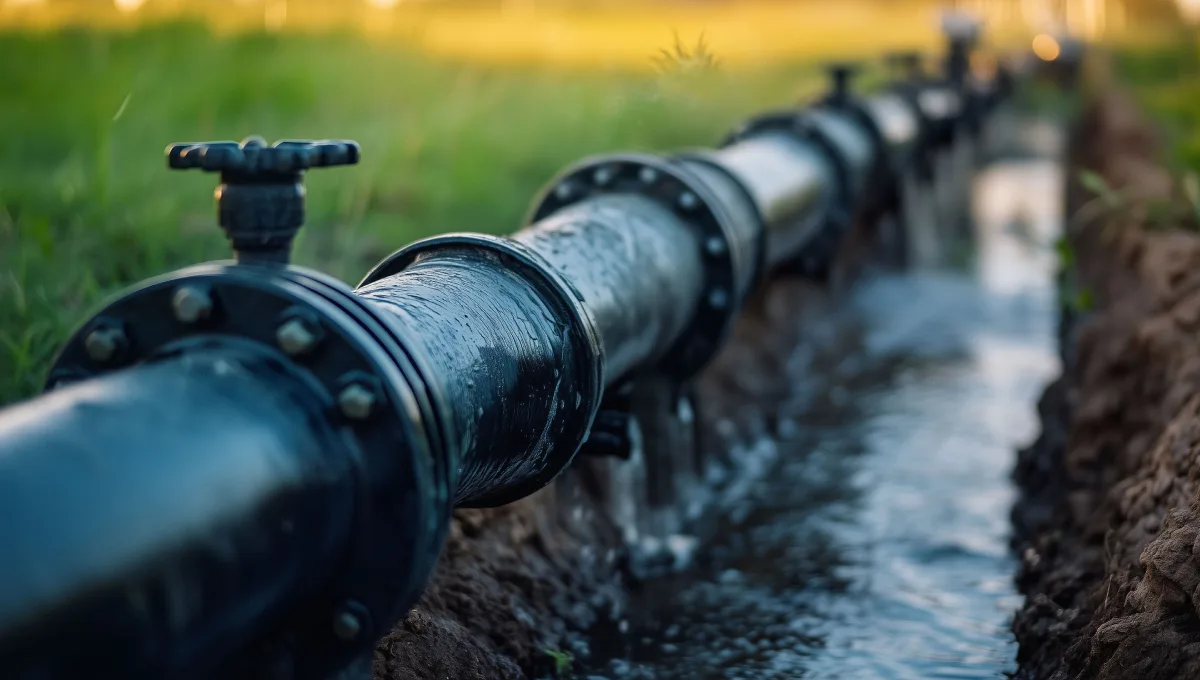
Common Challenges and How to Address Them
Even a well-installed agriculture water tube system might encounter problems over its service life, and knowing these concerns is the first step toward successful solutions. One of the most common issues is sediment buildup, which reduces flow efficiency and adds unneeded stress to pumps. To address this issue, install inline filters to trap debris at the source and run flushing cycles on a regular basis to remove fine particles and biological growth. This proactive strategy reduces downtime and increases the system’s useful life.
Environmental exposure is another major concern. Continuous exposure to the sun can induce UV degradation, weakening the tube material over time. Choosing UV-stabilized materials protects against premature damage and guarantees consistent performance. Flexible materials are suitable for use in environments with extreme temperatures, enabling them to withstand freeze-thaw cycles and thermal expansion. For installations in corrosive or saline soils, protection sleeves and specific coatings protect the tube’s structural integrity and reduce the danger of long-term failure.
Operational stresses, particularly sudden pressure surges during pump startups or shutdowns, can rupture poorly installed systems. Surge arrestors and pressure relief valves help mitigate these risks. When damage occurs, decisions must be made between repair and replacement. A localized leak or joint failure can often be addressed with mechanical repairs, but widespread cracking or brittleness in an agricultural water tube pipe indicates it has reached the end of its life. In such cases, investing in a new water tube for the agriculture system is the most cost-effective long-term solution.

Real-World Applications and ROI Benefits
Analyzing how an agriculture water tube system functions across industries reveals its practical value. Large-scale farms rely on consistent water distribution to protect yields and increase efficiency. When correctly constructed and maintained, these systems prevent leakage and water loss, providing consistent irrigation that immediately improves crop output. Farmers who invest in quality systems consistently see higher performance during peak demand periods, assuring more reliability than less specialized solutions.
In mining and other heavy industries, a water tube for agriculture is frequently used for purposes other than those intended. These lightweight but sturdy tubes are utilized for dust suppression on haul routes, slurry return lines, and water recycling. Due to their flexibility and corrosion resistance, they provide a less expensive alternative to traditional steel pipelines, which are heavier, more expensive to construct, and prone to rusting under harsh conditions.
Municipal and government projects also benefit significantly from the adaptability of these systems. Parks, sports fields, and roadside landscaping rely on dependable irrigation, and an agriculture water tube pipe network provides a fast-to-deploy, low-maintenance solution. Governments and contractors value these systems not only for their lower upfront costs but also for their longevity and efficiency in long-term public works.
For stakeholders, the ROI is clear: lower operational costs from effective water use, longer asset life through good procedures, and less downtime due to durable infrastructure. These reductions transfer directly into measurable financial and operational benefits across many industries.
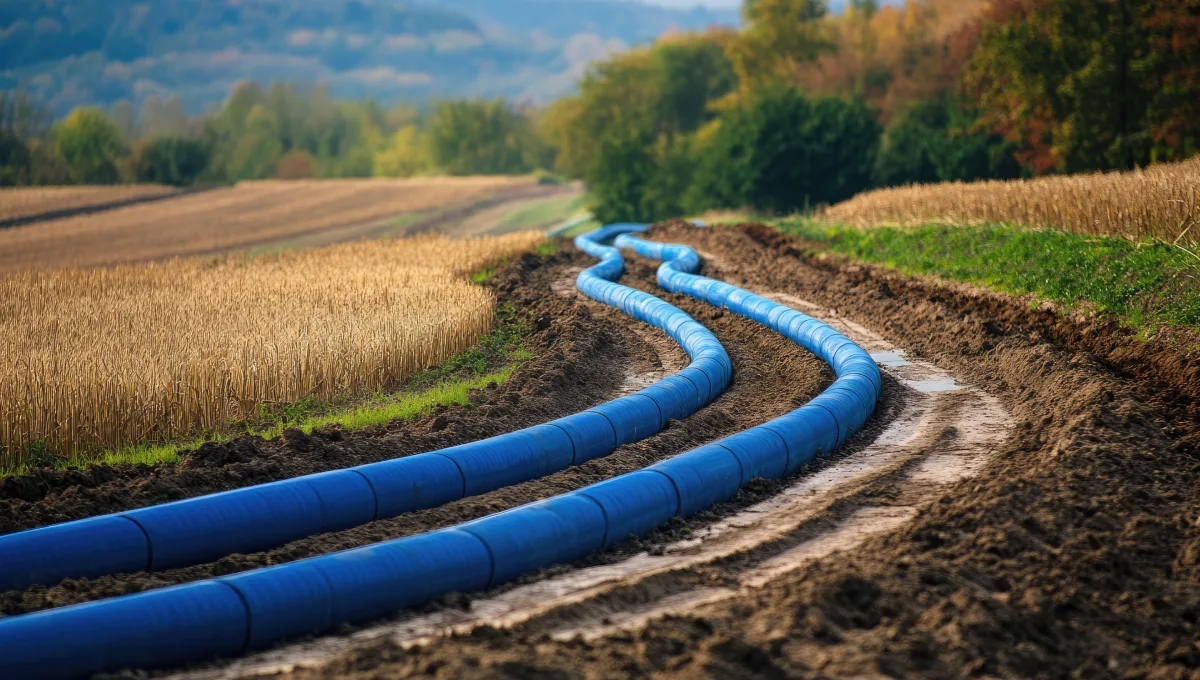
Choosing the Right Supplier for Agriculture Water Tubes
Selecting the right partner for supplying an agriculture water tube system is just as critical as the design and installation process itself. Procurement heads, engineering managers, and contractors must evaluate suppliers on their ability to deliver certified, durable products that meet project specifications. Verified testing and strict compliance with international and regional standards provide confidence that the tubes will perform reliably in demanding conditions. A reputable supplier also offers customization, tailoring dimensions, pressure ratings, and features to match unique requirements.
Delivery schedules must also be attainable. Projects are frequently completed on tight timeframes, and delays in obtaining materials can interrupt operations and incur additional costs. Suppliers with a track record of timely performance assure procurement teams managing large-scale projects. Technical support is additionally important. Suppliers who offer technical assistance, installation guidance, and spare parts availability ensure that clients can maximize system performance and quickly resolve any issues that arise.
Anaconda Pipe & Hose exemplifies these qualities by offering agriculture water tube pipe solutions designed for agriculture, mining, and municipal projects. With a focus on quality and customer success, the company delivers long-lasting systems that reduce downtime and improve ROI. Their expertise ensures that every agriculture water tube solution is optimized for performance, making them a trusted source for reliable water tube for agriculture applications worldwide.
Driving Long-Term Value with Agriculture Water Tube Solutions
Reliable agriculture water tube systems form the backbone of efficient irrigation and water distribution projects. Their ability to provide consistent water flow, minimize losses, and withstand environmental challenges directly influences the success of both agricultural and industrial operations. When organizations adopt best practices in installation and maintenance, the result is extended service life, reduced operational risks, and improved overall outcomes.
For procurement directors, engineering managers, and government buyers, implementing these standards is not only a technical need but also a financial safeguard. Well-maintained systems reduce downtime, reduce replacement frequency, and ensure that each investment generates measurable results. Whether used in large-scale farming, mining, or urban landscaping, properly maintained continuous agriculture water tube pipe networks provide higher performance and cost-effectiveness.
The role of the supplier is equally important. Partnering with a provider who understands water management challenges ensures access to tailored solutions. This includes offering UV-resistant materials, corrosion protection, and engineering guidance. A reliable supplier also strengthens after-sales support, making sure systems are optimized for long-term use. An optimized water tube for agriculture enhances irrigation efficiency, reduces waste, and improves sustainability efforts by conserving energy and resources.
Ultimately, selecting and maintaining dependable agriculture water tube systems secures operational continuity and long-term ROI. By working with a trusted partner like Anaconda Pipe & Hose, organizations can implement water tube for agriculture solutions that are designed for durability and backed by technical expertise. Contact us today to explore robust agriculture water tube pipe options tailored to your project needs.


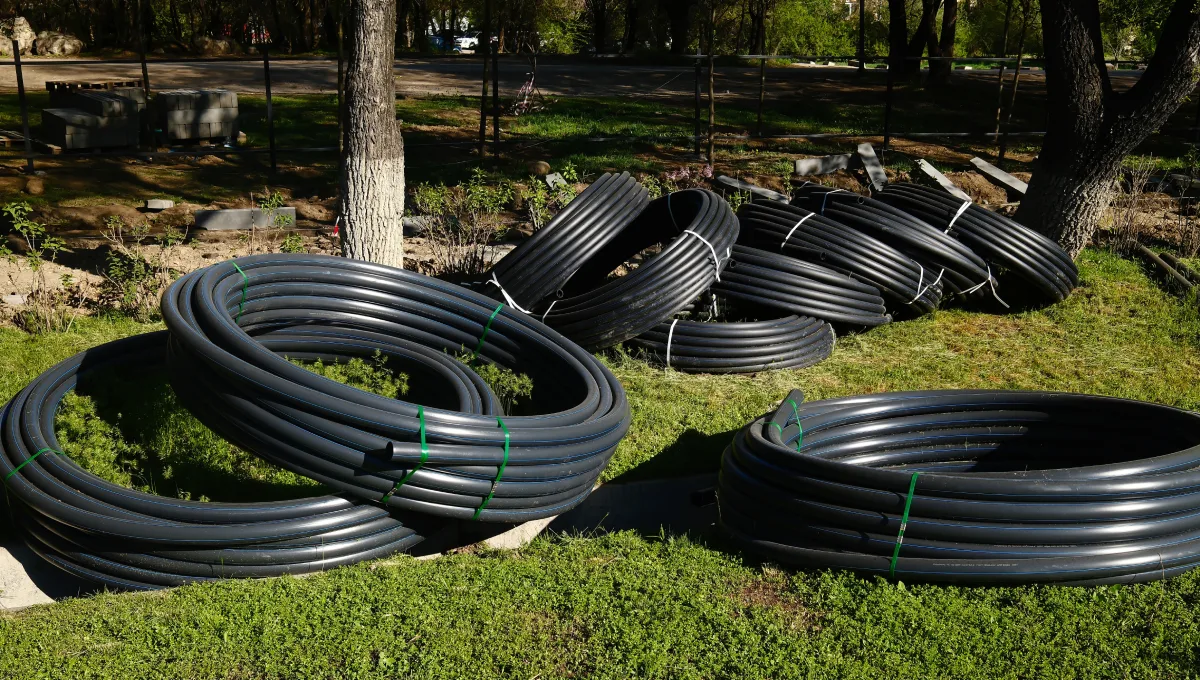
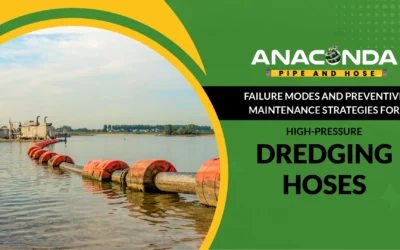
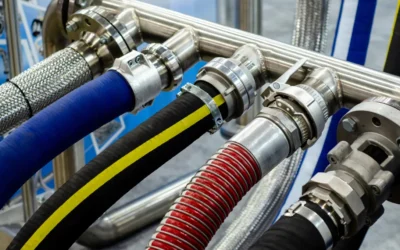
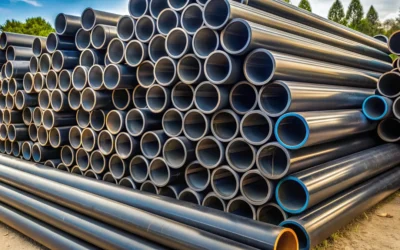
0 Comments